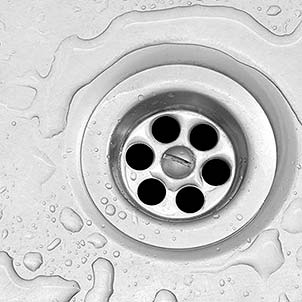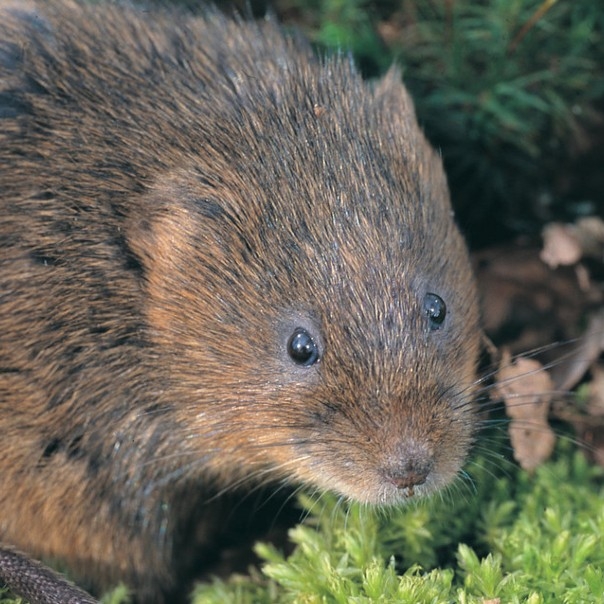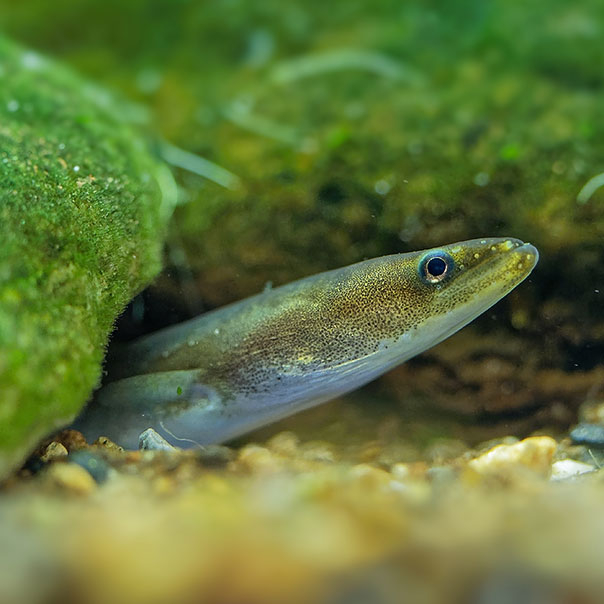Ditches and scrapes
The blue veins of our land may not look like anything special, but delve a little deeper and you’ll uncover a hidden ecosystem.
Small, tucked away and seemingly insignificant these watery spaces are essential habitats for many of our native species.
In many parts of the UK, where intensive farming or land development is dominant, these small bodies of water have enabled species to survive when they otherwise may not have done.
There are over half a million kilometres of ditches in the British landscape.
Introduction to ditches and scrapes
What are ditches and scrapes and where can you find them?
Scrapes are shallow ponds, less than 1m in depth, which hold rain or flood water seasonally but stay damp for most of the year. Shallow with gently sloping edges, you can see them in fields all over the UK but most often on farmland, where they create obvious water features.
They make a significant difference to wildlife, especially in agricultural areas and are often created in areas of damp or floodplain grassland, or set aside land. Ditches are more familiar to most of us, they’re open channels that usually run along the boundaries of fields or alongside roads. They’re important because they allow excess surface water to drain from agricultural land and roads in a controlled way. Both ditches and scrapes tend to be manmade.
What lives in ditches and scrapes?
Ditches and scrapes support a lot of aquatic wildlife, particularly wetland plants and insects such as water beetles, dragonflies and hoverflies. Larger, shallow ditches and scrapes can be valuable for wading birds, amphibians and small mammals. Vegetation on the banks is also important. Many plants provide valuable food for wildlife but these damp places also contribute to wildflower-rich grassland.
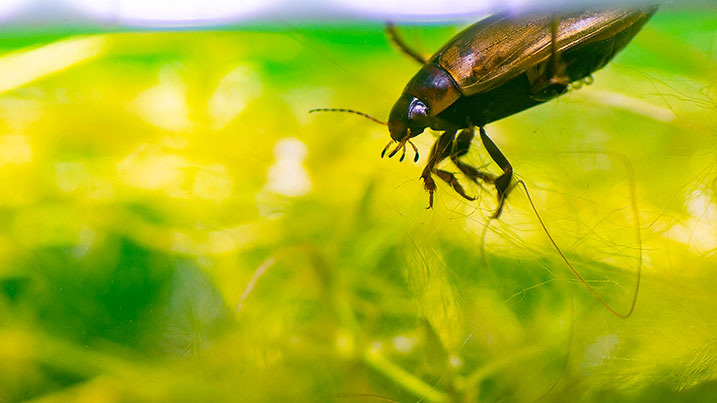
Research has shown that wet features can provide very important feeding areas for breeding wading birds such as lapwings and redshanks, and their chicks, which find lots of invertebrate food in and around the wet muddy edges. Other farmland birds such as tree sparrows and yellow wagtails may also benefit from these insect-rich areas. You might even find kingfisher darting in to grab tiny fish or amphibians.
Perhaps the most iconic ditch species is the great silver water beetle – our biggest water beetle and now almost entirely restricted to this environment.
The great silver water beetle is the largest beetle in the UK and is mainly found in ditches.
Why we need ditches and scrapes
In arable landscapes, ditches can be the only wet habitats making them increasingly important wildlife corridors.
These waterbodies often contain rare plants that are lost from the surrounding fields due to development or agricultural use.
Ditches can be part of extensive drainage systems. They carry water from field drains into streams and rivers, helping to prevent flooding.
Ditches and scrapes can be easily built into land management plans and farming practices to support local wildlife. Farmers are now adding grassy strips on either side of their drainage channels, or rhynes, to enable wildlife to move about freely.
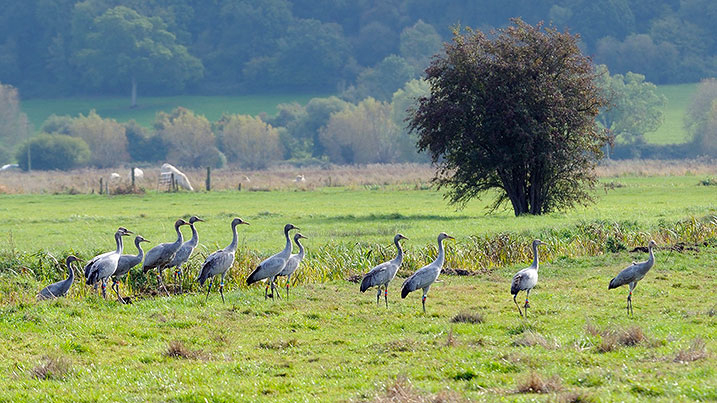
Ditches provide essential watery corridors across arable landscapes for wildlife.
Ditches and scrapes in culture and history
Historically, ditches have been used in agriculture to irrigate the land and drain wetlands for farming. The Somerset Levels are one example of that, using rhynes (an old Somerset word to describe these bordering channels of water) to drain the surrounding boggy land so it can be farmed. Some of these ditches have been present in the landscape for thousands of years. The ‘Sweet Track’ is an ancient causeway that was estimated to have been built in 3807BC, and has been preserved in the peaty environment. The wood of the track didn’t decay due to the waterlogged, oxygen poor environment, and it is now kept in a permanently damp condition to stop it decaying further.
In 2014, widespread flooding in Somerset showed that its rhynes are coming close to breaking point. Re-wetting some of the farmland so that it is allowed to return to floodplains is one way to alleviate the pressure on the area as the effects of climate change become more extreme.
The Sweet Track, an ancient causeway thought to have been built in 3807BC, still exists on the Somerset Levels.
Threats to ditches and scrapes
Another of the UK’s threatened habitats, ditches and scrapes are vulnerable to draining for agricultural purposes and land development. Along with many of our water courses they’re often overlooked and in poor condition, as ditches are often the first contact for pollution that runs off the land.
Until recently there has been little understanding as to the essential part these small, connected watery places play in the survival of species. These ‘blue veins’ are essential in the landscape for wildlife to move around from feeding to breeding grounds and to ensure that there are thriving numbers of a species across a number of sites.
What is WWT doing to protect ditches and scrapes?
WWT has a long history of maintaining wetlands and developing new ones. We also manage the habitats on our reserves to support as diverse a range of species as possible, such as restoring paleochannels and installing wetland treatment systems so that the water that runs off the land is as high quality as possible. We have a seasonal program to manage all the ditches and scrapes on our reserves, they are carefully managed (but not over managed, which is important) to ensure that they provide the best habitat for the broadest range of species.
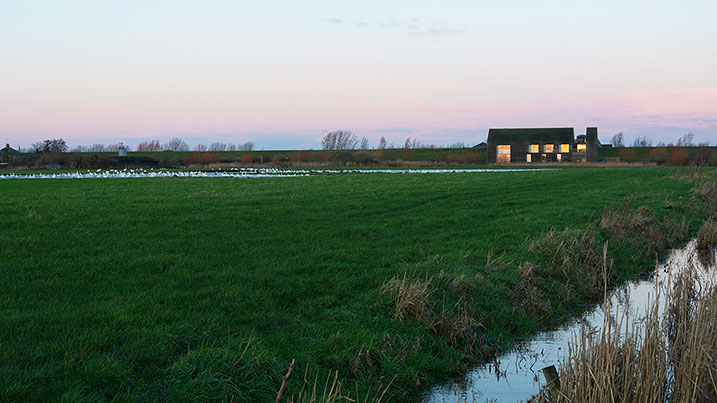
You might also be interested in
WWT creates, protects and restores wetlands for wildlife and people, including ditches and scrapes, at our sites across the UK and internationally.
Support WWT